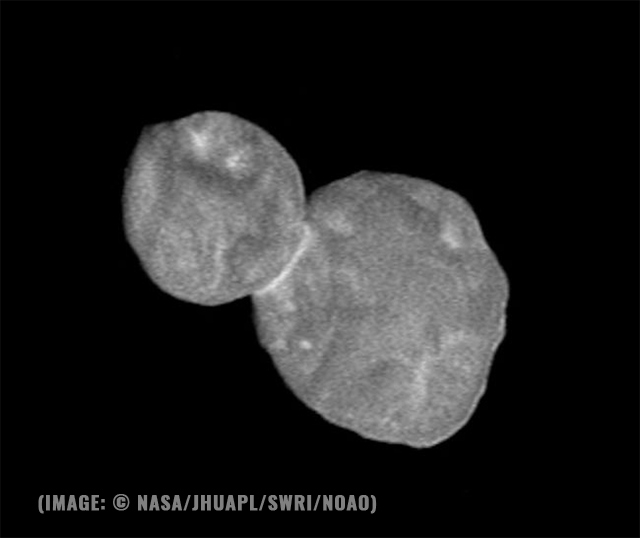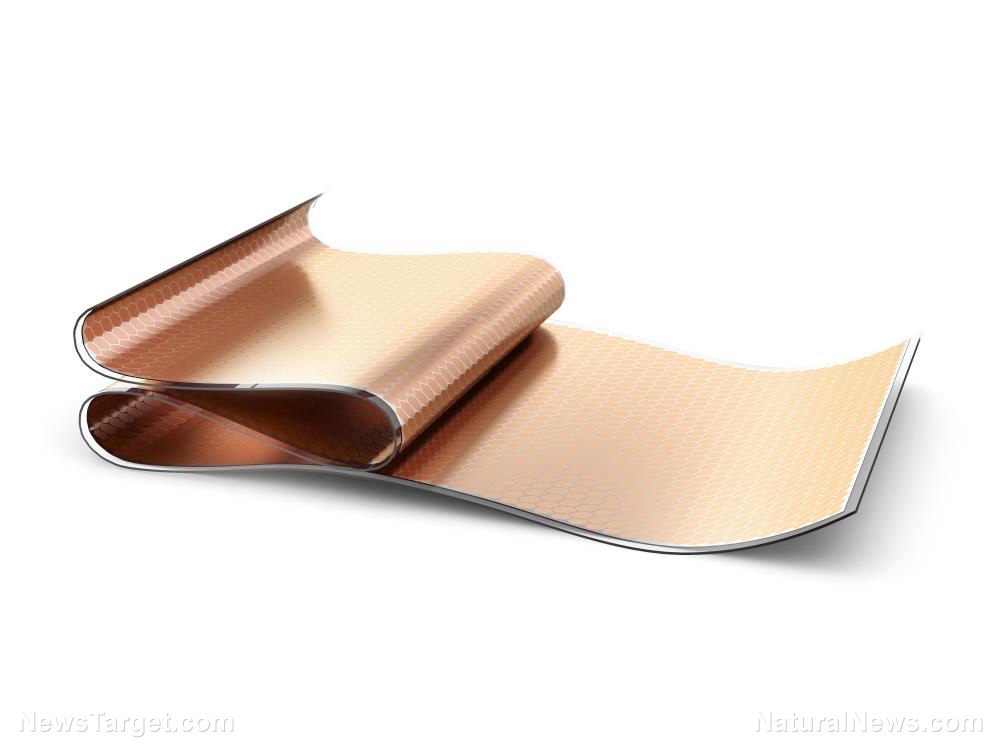Science proves the Earth isn’t flat: An expert shares ways you can see for yourself
03/21/2019 / By Frances Bloomfield

The concept of a flat Earth is one that’s persisted for centuries. Even today, a number of individuals continue to believe that the shape of the Earth is a plane or a disk. If you’re still on the fence regarding that hot-button issue, you can put your doubts to rest with a few simple tests as outlined by Ian Whittaker, a senior lecturer at Nottingham Trent University. Don’t worry, you don’t need to be a rocket scientist — or build your own rocket — to do any of these trials.
One easy-to-do experiment will simply have you look to the skies; specifically, the night skies of the Northern and Southern Hemispheres. “The view is completely different because the Earth beneath you is pointing in a different direction. If the Earth were flat, the view should be the same,” Whittaker elaborated. You can simplify this further by noting the differences between night and day in a country.
While your eyes are pointing towards the heavens, you could also observe the planets. Watching them over the course of several days will tell you that they’re spherical. Our planet will most likely be the same shape as well. (Related: The worst science lies in history: Cigarettes are good for you, the earth is flat, GMO is healthy and vaccines prevent disease.)
You can also determine the shape of the Earth by attaching a camera to a high-altitude balloon and to letting it soar. “The footage will show that from a high-enough vantage point you can see the curvature of the Earth,” said Whittake, before adding: “Ultimately, arguing on the internet is not the best way forward for any scientific endeavour. We need to provide the means for people to test these theories themselves and to understand the results they get.”
The Bedford Level experiment
In his article, Whittaker briefly touched on the Bedford Level experiment, a series of experiments carried out along the six-mile stretch of the Old Bedford River in Norfolk, England. The first and most well-known experiment was performed in 1838 by Samuel Birley Rowbotham, English inventor and Flat Earth proponent.
As part of the experiment, Rowbotham walked into the middle of a river and watched a boat row away from him through the lens of a telescope. A curved Earth would have shown the top of the boat’s mast disappear from his view the further it went along the river. But according to Rowbotham, he observed no such phenomenon.
The Bedford Level Experiment was disproved in 1870 by English naturalist Alfred Russel Wallace when he took on a wager from John Hampden, a supporter of Rowbotham’s work. Wallace recreated the experiment but added an extra step: this time, he set up a line of sight 13 feet above the water. By doing this, Wallace scaled down the effects of atmospheric refraction, which can distort a person’s view and cause them to see the world as flat.
In the end, Wallace won. Hampden, however, maintained that Wallace had cheated. This led to the two men butting heads in a public court battle that was nothing short of vicious.
Visit RealScienceNews.com for more scientific stories about our Earth and environment.
Sources include:
Tagged Under: Debunked, disinfo, flat earth, Flat Earth Theory, hoax, truth



















